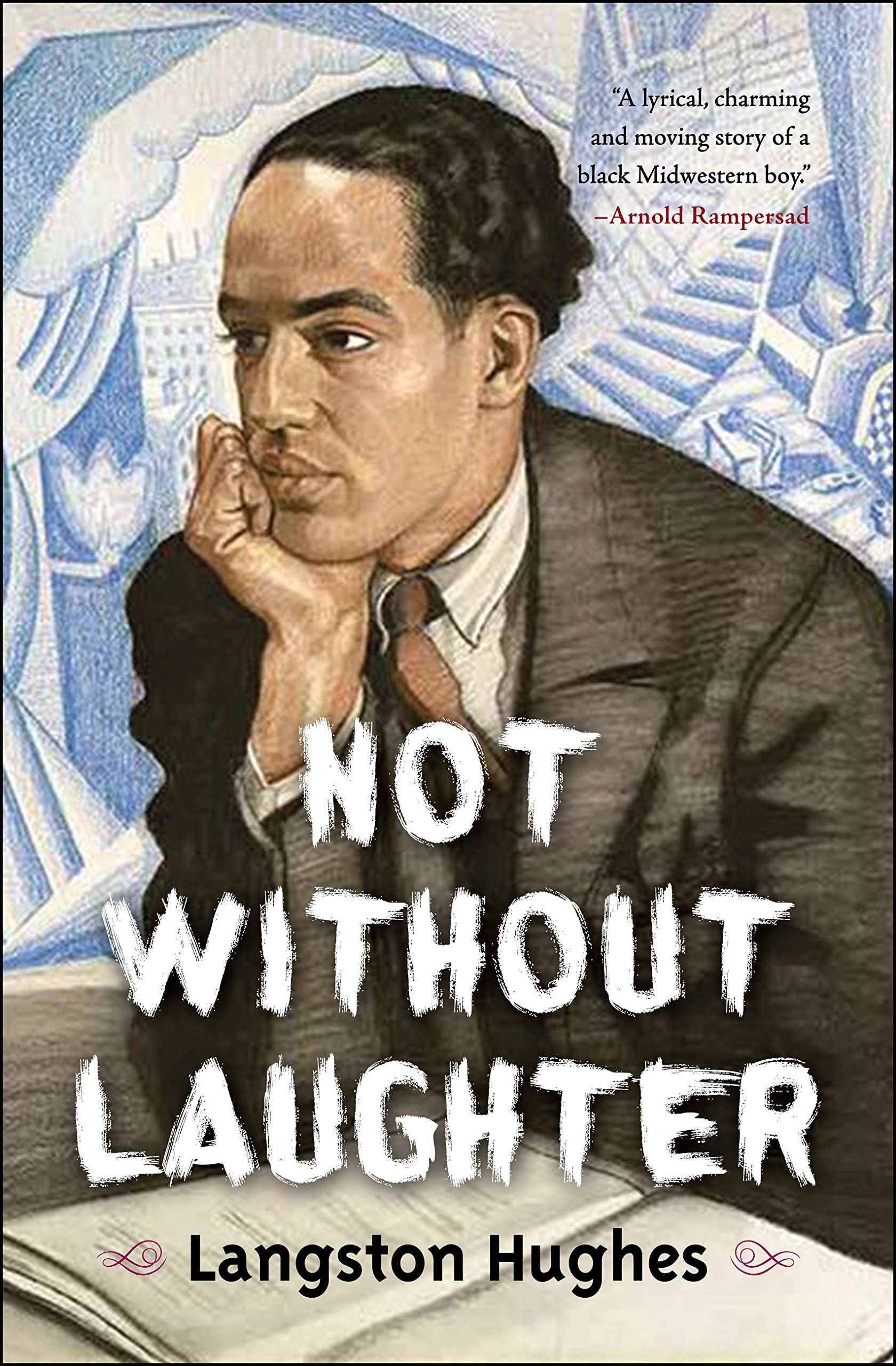What do you think?
Rate this book


273 pages, Kindle Edition
First published January 1, 1930
Not Without Laughter is a debut in the best of ways: It covers uncharted territory, it compels its readers to see part of the world anew, and it prizes exploration over pat conclusion. Hughes accesses the universal – how all of us love and dream and laugh and cry – by staying faithful to the particulars of his characters and their way of life. With this book the young poet from Joplin, Mo., manages to deliver something more valuable than simply an admirable debut – he gives his readers and contemporaries a guide for careful consideration of the lives of everyday black people. Such a guide is still useful to readers and writers today. Perhaps now more than ever.

White folks is white folks, an' colored folks is colored, an' neither of 'em is as bad as t'other make out. For mighty nigh 70 years I been knowing both of them, an' I ain't never had room in my heart to hate neither white nor colored. When you starts hatin' people, you gets uglier than they is--an' I ain't never had no time for ugliness, 'cause that's where the devil comes in--in ugliness!And within the black community of Stanton, a small Kansas town, often living side by side with white folks, Aunt Hager always seems to put this congenial spirit well ahead of any residual animosity about slavery or her own lack of prospects, even coming to the aid of white neighbors she has had a long relationship with when they are in need of her care.

Sometimes I hate white people. Still some of them are pretty decent. But there's no advancement for colored fellows. If we begin as porters, we end as porters. Being colored is like being born in the basement of life, with the door to the light locked & barred--and the white folks live upstairs. They don't want us up there with them, even when we are respectable like Dr. Mitchell or smart like Dr. Du Bois. Maybe it's best not to care and to stay poor & meek waiting for heaven like Aunt Hager. But I don't want heaven! I want to live first! I want to live!Always in African-American life, music & church, often paired together, lift community spirits, if only for a time. One of my favorite scenes is the manner in which a visiting minstrel show divides this black Kansas community. Half turn out for a visiting tent preacher's revival, "the tent of Christ", even while the "tents of sin stretch into the distance."

Sandy had lived too long with three women not to have learned to hold his tongue about the private doings of each of them. When Annjee paid two dollars a week on a blue silk shirt for his father at Cohn's cut-rate credit store, and Sandy saw her make the payments, he knew without being told that the matter was never to be mentioned to Aunt Hager. And if his grandmother sometimes threw Harriett's rouge out in the alley, Sandy saw it with his eyes, but not with his mouth. Because he loved all three of them--Harriett, Annjee and Hager--he didn't carry tales on any one of them to the others. Nobody would know he had watched his Aunt Harrie dancing on the carnival lot today in front of a big fat white man in a checkered vest while a Negro in a red suit played the piano.Starting in the 1910s, the story follows the boy for what seems about a ten-year period, from early years through to the near-end of high school, from a life in Kansas to a move to Chicago. The major events - such as they are - are more like the gradual steps of fate made by those closest to him. But, throughout, Sandy acts as the novel's conscience, fielding internal questions about the things that disturb him: mainly racism, class, organized religion, love, morality, the mechanics of family, and his perpetually unsettled existence.
"This party's for the white kids."It's been a few weeks since I finished Hughes' semi-autobiographical novella, but that scene has stayed with me. More than any other event in the novel, this scene typifies the "coming of age" experience of many minorities: being told that you're not good enough because of the tone of your skin. (And, yes, it's an experience that exists in the twenty-first century. I've been ignored at bakery counters while the people with lighter skin behind me are served. A saleswoman at Macy's refused bring a leather Coach bag for me because I "can't afford that." Men have spat at my feet as I walked by. Women at a beauty salon on Fifth Avenue have asked to move away from me as I had my hair washed.)
Willie-Mae did not understand. She stood holding out the coupons, waiting for the tall white man to take them.
"Stand back, you two," he said, looking at Sandy as well. "I told you little darkies this wasn't your party.... Come on -- next little girl."